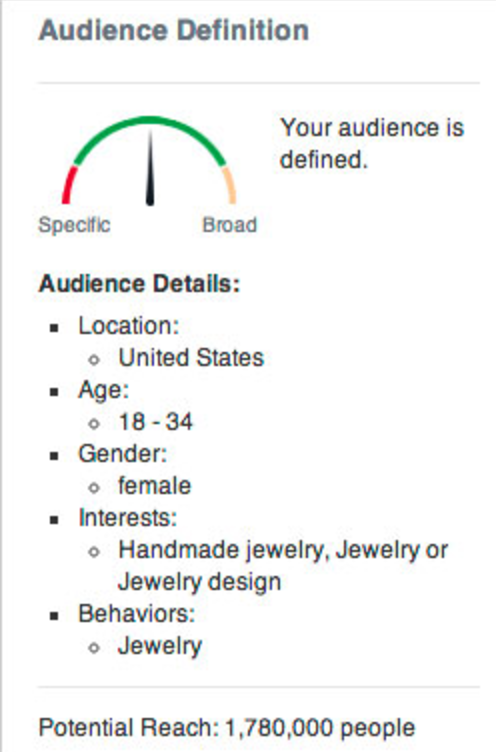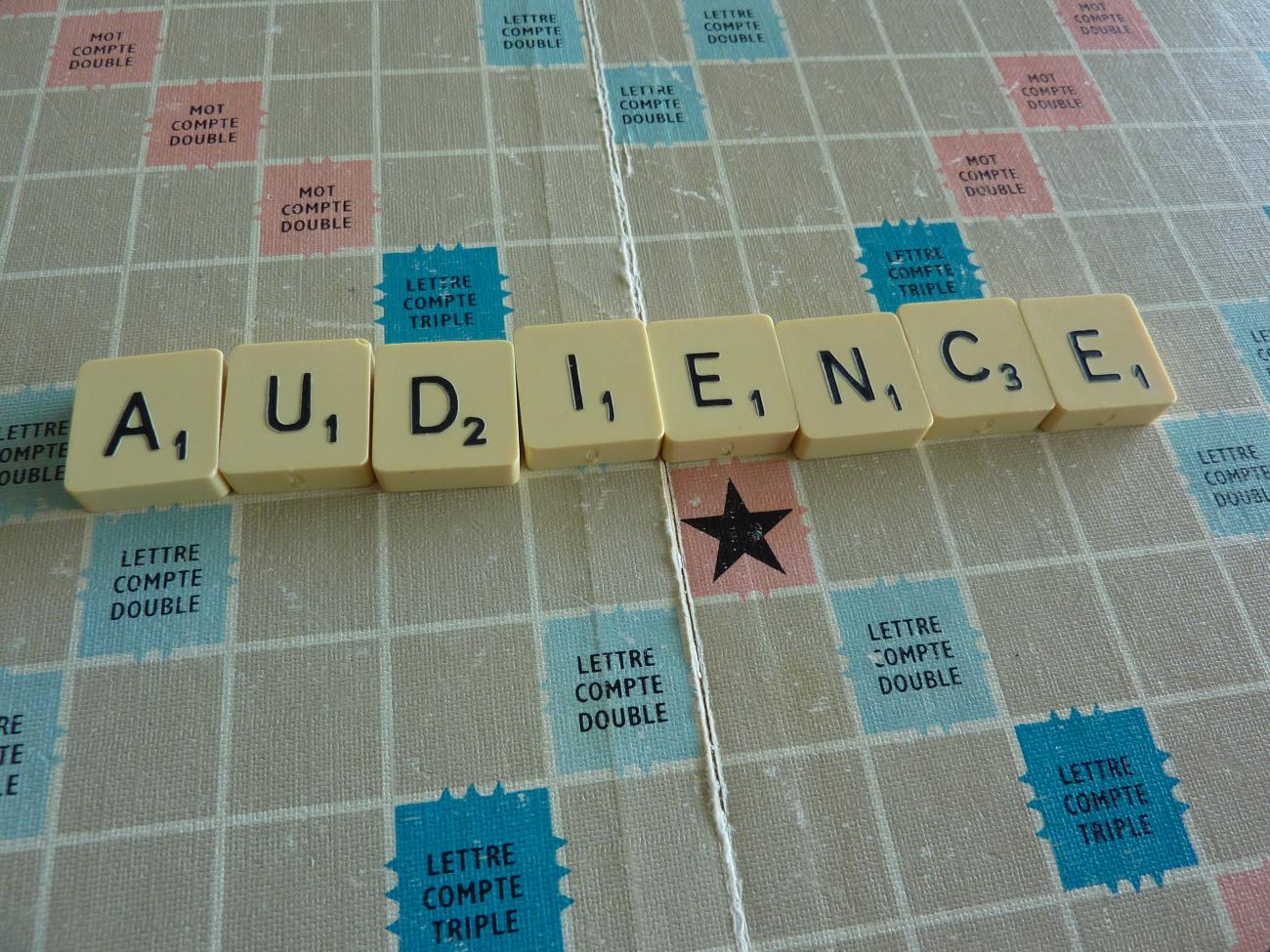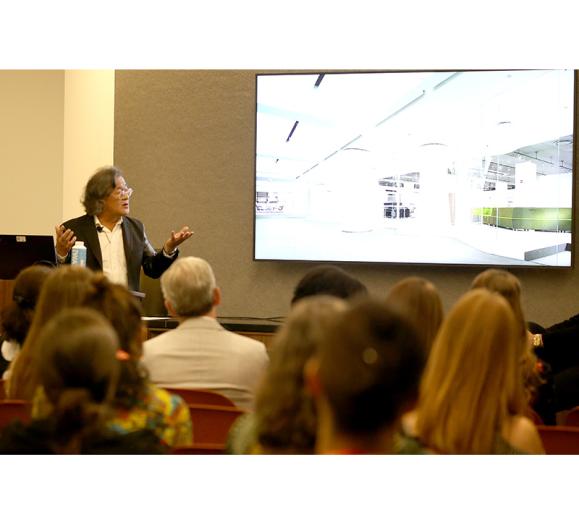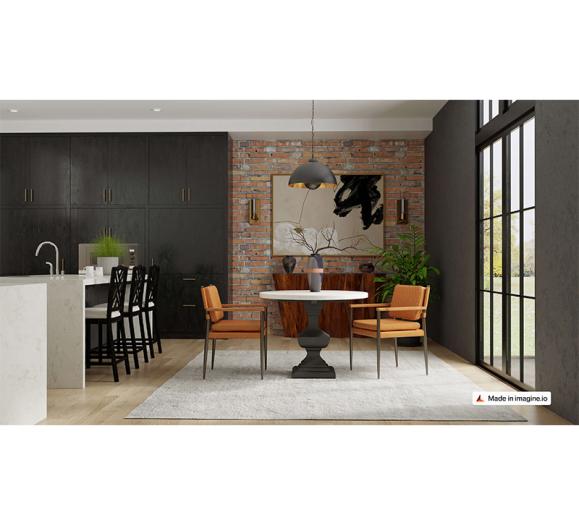With 1.94 billion monthly active users, Facebook continues to be the dominate social media platform. No matter your target demographic, you can find them posting, sharing and commenting on Facebook, so it makes sense that you should be spending at least some of your advertising dollars there.
In this series, we'll teach you how to use Facebook Ads Manager, the platform's advertising portal, and provide tips and advice for how to navigate this new marketing landscape.
Of all the social media platforms out there, only Facebook has the power to finely target its ads. The site outranks its competition as the most popular social media network by a huge margin, which is good news for advertisers. It means that no matter what demographic you're targeting, that demographic is probably hanging out somewhere on Facebook.
The more you know about Facebook's Audience function, the more effectively you'll be able to use it to find your perfect audience. Here's what you need to know about Facebook Audiences.
Last Time
In our previous article, we walked you through the four basic steps of setting up an ad with Ads Manager. To refresh, those steps are:
Step 1: Choose your objective and ad.
Step 2: Set up your ad account.
Step 3: Create your audience.
Step 4: Review and place order.
Steps three and four are perhaps the more time consuming steps because you do the bulk of the work in those steps. In Step 3, you decide who sees your ad, and in Step 4, you put the actual ad together, which means writing headlines, selection images and adding hyperlinks.
Both steps require time and understanding to be successful, so in this article, we'll discuss the types of audiences you can create and how to create them.
Types of Audiences
In truth, you can create thousands of different audiences within Facebook by playing with its demographics and location tools. Most audiences, however, come down to one of two types of audiences: custom and what we're calling targeted. Custom Audiences are created using email addresses or phone numbers from your business database. When you upload them, Facebook will match them with users in its database and create a matching list which you can market to. A catch-all term, Targeted Audiences are created from scratch using the different filters and demographics that Facebook offers.
In a way, Custom and Targeted Audiences are like squares and rectangles: All Custom Audiences are targeted, but not all Targeted Audiences are Custom Audiences.
There is also a subset of Custom Audience called Lookalike Audience, which takes a Custom Audience and looks for other users with similar features. For example, if you have a Custom Audience of women ages 35-45 living in Chicago who have subscribed to your enewsletter, then your Lookalike Audience will simply target women ages 35-45 living in Chicago.
Custom and Lookalike Audience
Fact: not all of the people who have signed up to receive your marketing emails open them when they receive them. You know these people want to keep in touch, but how can you if they don't open your emails? Facebook's Custom Audience gives you the opportunity to reach out to these people again and try to get their attention through another medium.
1. Gather all the email addresses and phone numbers from your database and put them in an Excel spreadsheet.
2. Save the list as a .CSV or .TXT file. To do this, go to File and select Save As. Click the Format dropdown menu and select .CSV or .TXT from the options listed.
3. Go through Steps 1 and 2 to get to the audience building step.
4. Choose the Create Audience button and select Custom Audience.
5. Choose Customer List and upload your .CSV or .TXT file.
6. After about 30 minutes, your list will be ready.
Once the list is ready, Facebook will tell you how many accounts matched with your list. From there, you can narrow it even further to target by demographics, such as gender and age.
The gamble with Custom Audiences is that email addresses and phone numbers may not match up, which means your list might end up smaller than your original database list. Facebook considers an audience greater than 1,000 to be relatively strong, but if your list is smaller than 1,000, it doesn't mean that you can't use it. You can A/B test different calls-to-action and designs to see what your audience best responds to. You can also add to that list as your database grows.
Finally, you can also create a Lookalike Audience to go after people with similar demographics. This will pad your list and send your ads to people with similar characteristics as those on your database list.
Lookalike Audience build off existing audience lists, mainly:
1. Existing Custom Audience list
2. Followers from your Facebook page
3. Data collected from the upgraded Facebook pixel in your website code (if you don't have this, no worries, we'll be covering it soon).
To start, go to Create Audience and select Lookalike Audience from the list. Once you select your list (also called source), you can set demographic targets like age and gender.
Target Audience
You don't need an email or phone number list to advertise effectively on Facebook. If you know the type of people you'd like to target, then you can create great audiences that target Facebook users most like to respond. There are a number of ways to define an audience, but some of the most common targeted options include:
- Locations: Go after users from all types of locations such as country, state, region, city, zip code, congressional district and even free trade area.
- Age: The age range allows you to deliver messages that are more likely to resonate with people in specific age groups.
- Gender: Facebook allows you to target one or both genders. Depending on how you view your demographic, it may be advantageous to focus on just one gender.
- Languages: If you live in an area where many people speak Spanish and your sales associates speak Spanish, then you might want to try connecting with other Spanish-speaking customers and let them know that your store is ready to help.
- Connections: You may or may not want to target people already engaging with your brand, such as those who have liked your page or shown interest in your events. The connections feature will block Facebook users who have already responded and shown interest.
These are your basic targets, but with all the data it collects, Facebook offers even more ways to target users, ways that make billboards look obsolete. For example:
- Job titles, employers, life events and other timeline information: Facebook users share all sorts of information on their timelines, which is great for advertisers. Want to target engaged couples that might be buying furniture in a specific city or region? Now you can.
- Interests and likes: Target interests that Facebook users list in their profiles, along with pages they've liked.
- App use: Go after users that have downloaded home-related apps such as Houzz or Pinterest.
- Ads clicked: If users have clicked ads from companies like Home Depot or Lowe's, you can target them as well.
- Pages users engage with: Great for going after users who like and comment on other similar pages, such as Houzz or Home Depot.
Audience Definition
 As you create your audience, you'll notice the red, yellow and green meter on the top right side of the screen. This meter will tell you how targeted your audience is and list out the demographics you've chosen. Facebook recommends a Target Audience of at least 10,000 for the best results, but more than likely, your Target Audience will be much bigger.
As you create your audience, you'll notice the red, yellow and green meter on the top right side of the screen. This meter will tell you how targeted your audience is and list out the demographics you've chosen. Facebook recommends a Target Audience of at least 10,000 for the best results, but more than likely, your Target Audience will be much bigger.
Ideally, you want to keep the needle at a 90-degree angle or slightly leaning to the left. If your audience is too broad, narrow it by choosing more specific locations. With large cities, don't just list Chicago or New York. Go after zip codes to target specific location. If your audience is too narrow, ditch some of your details. List one interest instead of three, widen the age target or broaden your location to include nearby towns and cities.
It takes practice to get the perfect audience list, but you can create as many as you'd like. Start practicing and see just how easy it is to advertise with Facebook.
Next week, we'll cover how to create the ad itself, including writing killer headlines, descriptions and other ad details.
Previous Installments
How to Create a Basic Facebook Ad Campaign
(Photo: Christophe BENOIT via Flickr)







